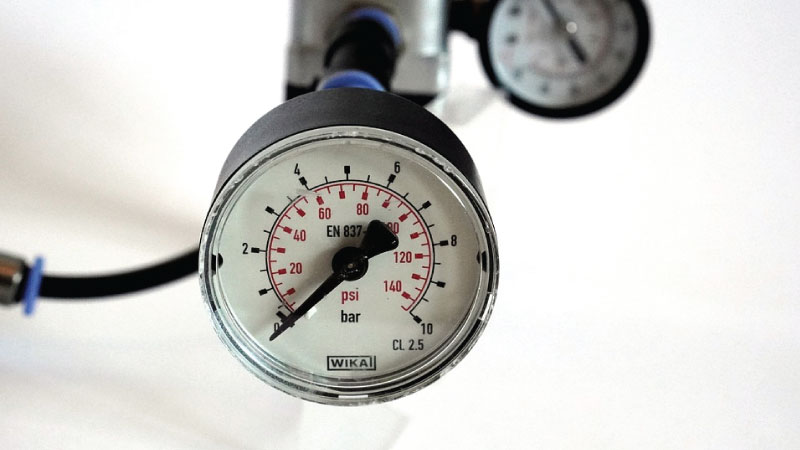Table of Contents
TogglePressure regulators are the main key components of process control. Nowadays, engineers rely on these regulators to maintain precise and safe pressure. During winter, heaters, and furnace has to work with a great effort to maintain the required temperature inside homes and offices. A low-air pressure regulator is an essential component of home heating systems, furnaces, and heaters. If it gets damaged then it can become the cause of dangerous incidents.
The gas that comes from the main line has high pressure. The purpose of a pressure regulator is to reduce the pressure of the gas coming from the main line. A regulator available in the passage increases or decreases the orifice to maintain the required pressure.
Here we have listed some tips to prevent the failure of the low-pressure regulators
1. Create a Maintenance Schedule:
The first step in preventing the failure of the regulator is to create a schedule for the maintenance of all the regulators. By setting up a maintenance plan, one can easily avoid various issues that can become the reason for low air pressure regulator failure like as debris, cavitation, etc. Creating a maintenance plan according to your process environment and flow path conditions of the process is a great way to keep the regulators maintained and in a good condition for a long time.
2. Preventing Process Corrosion:
This is necessary to choose the right type, shape, size, and material from which the regulator is made up to reduce the risk of failure. If the regulator has to deal with the chemicals then it is necessary to choose the right material for the use. Sometimes the internal flow paths and the inner body of the regulator are exposed to ambient moisture or to the material that can enhance the chances of corrosion and pitting. It can cause the low air pressure regulator to malfunction or can also lead to failure.
3. Freezing and Moisture Management:
It is necessary to take care of the moisture because it can become the reason for freezing and failure of the electronic pressure regulator. Heat jackets can be used to prevent freezing but they cannot remove the contamination. The presence of moisture in the flow paths enhances the chance of potential failures. Doing the coating of hydrophobic like Dursan prevents building up moisture on the body of the regulator and other components and enhances the purge cycles.
4. Prevent Adsorption:
As we know that the gas moves through the low air pressure regulator where it is exposed to the seats, filters, bodies, diaphragms, and chambers, they all can adsorb the reactive calibration gases. This can affect the performance of the precision air regulator. Resultantly the regulator will fail to deliver the expected outcome. To prevent it use silicone or other inert coatings and do the lining of the flow path and filter surfaces. In this way, the adsorption will reduce.
5. Follow manufacturer instructions:
Make sure to follow the manufacturer’s instructions for the installation, operation, and maintenance of the regulator. This includes proper mounting, pipe sizing, and ensuring that the regulator is compatible with the gas being used.
6. Regular maintenance:
Regular maintenance should be performed by a trained professional according to the manufacturer’s instructions. This may include replacing the diaphragm, inspecting the valve seat, and checking for proper pressure settings.
Final Words:
Gas pressure regulator failure can be dangerous and lead to gas leaks or fires. To prevent such failures, it is important to choose a quality regulator, follow manufacturer instructions, regularly inspect and maintain the regulator, keep it clean, avoid tampering, monitor gas pressure, and perform regular maintenance. By taking these steps, you can help ensure the safe and reliable operation of your gas system.
Various types of low-air pressure regulators are available in the market. They are sensitive to debris and other corrosive materials. It’s necessary to address the regulator issue as soon as possible to prevent the regulator’s failure. Thus, get the assistance of the above-listed tips to keep your regulator well-maintained.

We offer the platform where you can surf through articles and blogs to enrich yourself with a wide range of information on technology and trends in and around you. We aim to virtue all our visitors with those skills and assist them in understanding facts and figures about different aspects.








